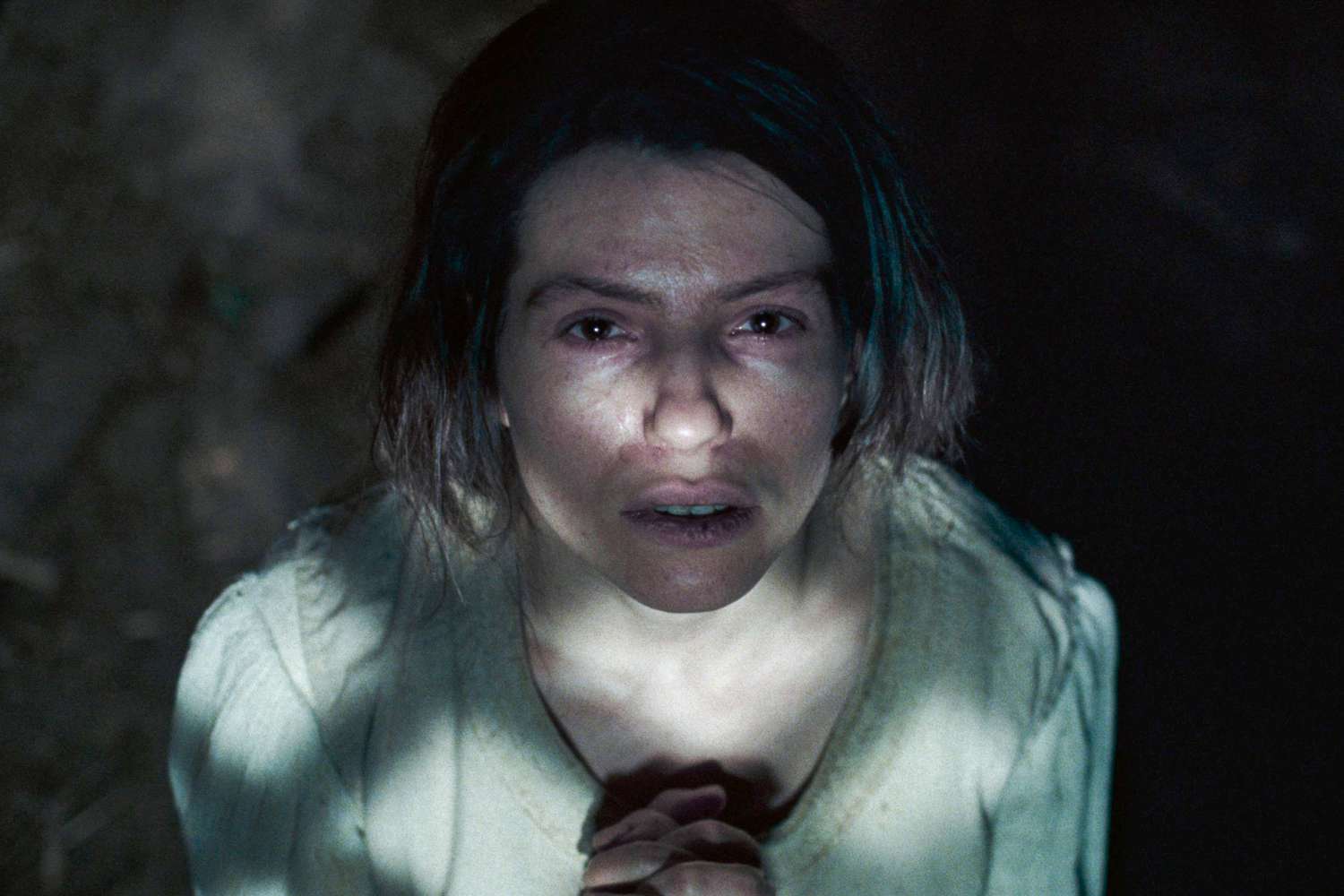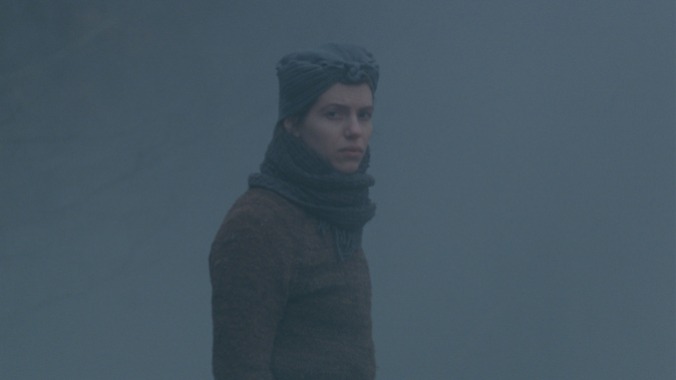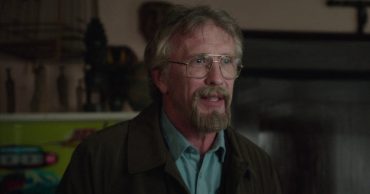It’s rare for a festival like the Berlinale to include a genre film in its main competition, yet this year, Veronika Franz and Severin Fiala’s third feature, The Devil’s Bath, defied expectations. The period horror film, set in 1750s Upper Austria, is drenched in shades of gray and dark greens, presenting a somber and tangible terror. Here, life was divided by labor: men worked while women bore children. This backdrop grounds the story of young Agnes (Anja Plaschg, better known for her music as Soap&Skin) who marries but cannot conceive. Her descent into depression symbolizes the era’s dark view on mental health, resonating with considerable intensity throughout the film.
Filmmaking Precision
Franz and Fiala are among the most meticulous European genre filmmakers today. They write, produce, and fine-tune every detail of their films—from costume designs with Tanja Hausner to music by Soap&Skin herself—to ensure an immersive horror experience. Their collaboration with cinematographer Martin Gschlacht underscores the visual narrative, painting each scene with a painterly quality that enhances the viewer’s unease.
Historical Inspirations
Austrian filmmaking duo Veronika Franz and Severin Fiala drew inspiration from a harrowing historical backdrop: a real-life epidemic of suicide by proxy in 17th- and 18th-century Europe. This informed the authentic portrayal of Agnes’s struggles.Agnes starts and remains trapped by her association with the intolerant residents of an 18th-century Upper Austria settlement. Agnes has depression, a condition that’s tellingly stigmatized in this movie’s title.
An Unforgiving Setting
The Devil’s Bath opens with stark violence and maintains this intensity through its runtime. Franz and Fiala conceptualize houses as extensions of their characters, reflecting their psychological states. The house where Agnes lives symbolizes both her prison and her sanctuary, meticulously crafted to evoke a chilling atmosphere that heightens the film’s sense of dread.

The narrative decisions taken by Franz and Fiala are deeply rooted in verifiable historical records. They based The Devil’s Bath on court protocols from one particular case—a woman named Ewa Lizlfellner—which allowed them to capture genuine emotional resonance. This dedication to authenticity also extends to their collaboration with Anja Plaschg, who immersed herself fully into Agnes’s character.
Powerful Performances
Anja Plaschg portrays Agnes with compelling depth. Her performance is not only expressive but heightened by Martin Gschlacht’s cinematography. One notable part of the film includes Anja constructing a cross shrine—an addition discovered within the narrative setting itself—which was not originally in the script but became integral to depicting her character’s intense devotion amidst despair.
Agnes lives in hope, somehow. She prays fervently, works industriously, and generally tries to make a happy life with Wolf (David Scheid), her insensitive husband…
Despite the oppressive environment Agnes finds herself trapped within, Plaschg’s portrayal manages to elicit empathy from viewers even as she becomes ensnared deeper into her melancholia.
Confession Scene Highlight
The confession-absolution sequence is one of the film’s most striking moments. Depicting women committing crimes to avoid damnation for suicide further expands on themes central to The Devil’s Bath. The raw intensity brought by Plaschg during this scene marks it as indelibly impactful within the genre.

Thematic Depth
This film tackles challenging subjects such as depression within historical contexts—addressed deliberately by co-writers/directors Franz and Fiala—making it uniquely unsettling yet empathetic.It’s hard to make a film about depression…but it was crucial for us to help the audience like her and understand her…
A Remarkable Visual Experience
Visually remarkable scenes unfold against a captivatingly ominous backdrop.The Devil’s Bath, true to its thematic aspirations instills deep unease while inviting viewers to reflect on past societal stigmas towards mental illness.The pair’s directorial choices ensure this work remains etched deeply within modern horror filmmaking.
 Follow Us
Follow Us





